Jorge Sevilla's story
My name is Jorge Baguisi Sevilla, born on October 18, 1943. Our family lived in Manila, Philippines, originally from Camiling, Tarlac Province. I started my primary schooling in Manila at Juan Luna Elementary School. After World War II and during the period of 1950 to 1954, my father, Primitivo Belen Sevilla, was serving in the U.S. Army during the Korean War. After the Korean War conflict, my father was re-assigned to Schofield Barracks, U.S. Army base in Oahu, Hawaii. My mother, four sisters and I joined our father in Oahu in 1956 by way of a U.S. Army transport ship on the U.S.S. Sultan. We lived in Waialua, Oahu, while my father fulfilled his military duties. My fifth sister, May, was born in Tripler Army Hospital in Oahu, Hawaii. In 1958, my father received orders to be assigned to Fort Lewis, Washington. We flew from Hickam Air Force Base, Hawaii, to Travis Air Force Base in Fairfield, California. Our family of six children drove from Fairfield, California to Tacoma, Washington in two days with only my father driving the whole way. The U.S. Army provided us temporary housing on Center Street, Tacoma, Washington. Two months later, we moved to a permanent house on 14th Street, near Stadium High School. I started at Jason Lee Junior High as a freshman at age 13 ½ years old, then on to Stadium High. I recall walking to Stadium with neighbor kids I became acquainted with during the summer months. At Stadium, I played JV football, track and basketball. In my sophomore year, I played JV football and varsity wrestling and achieved City of Tacoma Wrestling Champion in 1962. I was one of only five Asians in the whole school. Joe Calugas, Jr. was two years older than me.
As a high school senior, I joined the U.S. Navy Reserve in 1961, with the intent of making a career in the Navy. In 1962, following graduation from Stadium, I was put on two-year active duty for six years' service. The Vietnam War was beginning to get heated in the early '60s. I completed my basic training at Great Lakes, Michigan for six months during my senior year, followed by active duty on the U.S.S. Maury in San Francisco, California in 1962. By July 1962, I was headed out to sea to Thailand. The U.S.S. Maury (GS 16) was a geological survey ship. The mission was to survey the Gulf of Siam and the Philippine Islands for the Navy's oceanic pathways. On board, I was assigned as a medical corpsman and dental assistant to a medical doctor and dental officer. I was trained to take vital signs information, x-ray technician, administering first aid, and STD treatments and inoculations for venereal diseases. On board the U.S.S. Maury, I was the only Filipino in the medical department; other Filipinos were assigned as stewards as kitchen help, officers' mess and cooks. They were Filipino Nationals. The ship's captain was a Filipino National with a rating of chief. I always got special treatment from them, such as Filipino dishes and easy access to milk and other treats. Other sailors were not given similar "special treatments." These Filipino Nationals were given U.S. citizenship after serving in the U.S. Navy after five years of service. Many chose to retire from the U.S. Navy.
I was released from active Navy duty in 1964 and continued as a Navy reservist until 1967. As a reservist, I was obligated to serve two active duties yearly. I enrolled at PLU in Tacoma, using my GI Bill benefits. I completed my undergraduate studies while working at Western State Hospital for the mentally ill. (I was a hospital assistant, performing orderly duties to patients and making sure they didn't inflict personal harm upon themselves. I worked at this institution for six months and then resigned when I learned that my former high school teacher was a patient in the hospital in my ward. I was emotionally affected at knowing she was a patient.)
I applied and was accepted at Boeing in Renton, Washington and assigned a job in the engineering department. I continued my schooling, this time at Tacoma and Seattle Community College, part-time, due to my full-time Boeing job. In 1973, I transferred to the UW to pursue a B.S. in mathematics and graduated in 1975.
I began working for the Department of Defense, Bremerton, Washington, in 1978 as a radiological technician on U.S. Navy ships, until my retirement in 2013. My work experience included controlling radiological work on nuclear parts for integrity on equipment, containments, and quality maintenance and repairs. My mathematical and calculation education were key components in the field of work I performed on these nuclear vessels. The types of naval ships I worked on were nuclear submarines and nuclear aircraft carriers. It is a highly specialized field and requires highly classified security certification every two years. Not only did I work in Bremerton, but in U.S. government facilities throughout the world where nuclear ships were docked, such as San Diego, California; Portsmouth, New Hampshire; Pearl Harbor, Honolulu, Hawaii; Norfolk, Virginia; New York, New York; and Yokusuka Naval Shipyard, Japan. I was in Yokosuka, Japan in 2011 when the earthquake happened and when the accident at the nuclear facility in Fukushima, Japan, occurred. This incident impacted my immediate family for many months. I was away from home for six months, two of which my family did not know my whereabouts in the Philippine Sea.
I retired in 2013 after 35 years of DOD service, following six months at San Diego Naval Station. I was a discontented retiree for three years, being bored at home, pulling up weeds with my screwdriver, until I wrecked the engine of my Mazda van while driving home late one night. I had to replace the engine or buy another car. I opted to replace the $7,000 engine, and Thelma told me to "get a job to pay for the loan." Today, I have a part-time job at O'Reilly Auto Parts delivering auto parts. I'm no longer bored when I get home, only tired, falling asleep on the sofa before dinner. I guess I earn the extra sleep; after all, at 80 years of age, what else can I do?







